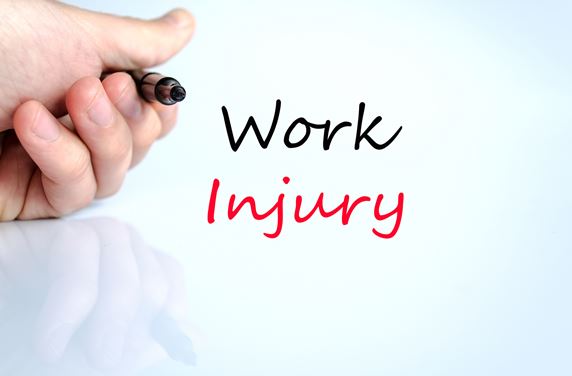 Statistics show that there are around 7 million workplace injuries per year.
Statistics show that there are around 7 million workplace injuries per year.
If one of your employees has been injured on the job, you may be wondering how quickly they can return to work.
The concept of a phased return to work has allowed those recovering from injuries to return to the workplace more quickly, even if not in their full usual capacity.
Read on as we look at the eight primary benefits of a phased return to work.
-
Cost Savings
The most obvious advantage of a system of phased return to work, at least from an employer’s perspective, relates to cost reduction.
Without a phased return to work, an employee will not be able to fulfill any of his or her duties until fit to work his normal hours. She may well be competent to do large parts of her job, but not yet fit for a full workload.
A phased return to work allows an employee to return to work at his or her own pace. This might be only ten or fifteen hours a week; however, it’s ten or fifteen hours more than they would be contributing to your business otherwise.
Allowing your returning employee to take on limited duties frees up other workers for different tasks. This is good news for your balance sheet.
-
Gradual Re-Adjustment to Work
Getting your employee re-acclimatized to work at a gentle pace has many advantages.
A sudden return to work may come as a shock to an employee. This is especially true of employees who have had long absences from work.
This may affect performance and enthusiasm for the job. A phased return allows workers to find their feet in their own time.
Striking the balance right when bringing an employee back to work can be difficult. These light duty programs may give you some pointers about the right approach to take for your employees.
-
Mental Health Benefits for the Employee
It is well-documented that idleness is bad news for your mental health.
While the idea of sitting around doing nothing, in particular, might be appealing in the short term, it gets old quite quickly. Those who are out of work for a long time and have nothing constructive to fill their days with can start to become depressed and anxious before long.
This applies in particular to those who may be largely physically competent, but slightly short of being able to work full-time. They will feel the effects of being unstimulated more keenly.
A phased return to work can mitigate this risk.
-
Morale Boosting
Employee morale has long been regarded as hugely important for productivity.
Employees like to know that their employer has regard for their wellbeing. If workers see their boss take the time to set out a plan for a phased return to work for an injured co-worker, this will make them more enthusiastic about working for the company.
The returning employee is also more likely to view their work in a positive light. This will likely improve their performance going forward.
-
No Need to Hire a Replacement
If your sick or injured employee carries out a vital function in your organization, you will likely have to hire a replacement to replace him or her if she is gone for a long period.
However, you are more likely to avoid this with a phased return to work scheme. This will save you money in wages. It will also spare you the difficulty of the hiring process for a new employee.
-
Allows Employees to Broaden Their Skill Set
If there are certain functions your employee cannot carry out until he makes a full recovery, he might have the chance to try their hand at others.
Consider the example of an employee who does a lot of heavy lifting, but suffers ligament damage. A doctor might require her not to undertake her usual work for a few months.
However, there would be no problem taking on some administrative work. In this way, he or she might be able to add to her skillset while injured.
This benefits both employer and employee.
-
Employees Are Less Likely to Need Further Time Off
Many employees who return from a long sickness or injury can struggle to re-acclimatize once they return. If they try to do too much too quickly, they may need further time off.
Not only is this bad for productivity, but it may also be dangerous for their health.
A phased return to work avoids this risk. It allows returning workers to test their capabilities and to structure their return to work in a way that aids their recovery rather than hindering it.
-
Employees Can Remain Connected to the Workplace
The longer the absence from work is, the more difficult the process of re-adjustment will be.
In the unfortunate event of a more serious injury, an employee might be unable to work for a year or more. While employees in this position might be able to do very little in the earlier stages of their recovery, even a few hours of work a week will keep them in touch with the key systems and processes of the workplace.
This will avoid inefficient “re-learning” periods when they get back to working their usual hours.
A Phased Return to Work Is a Better Solution for Employers and Employees
As you can see, a phased return to work is a smarter approach to workplace injury for everyone involved. It allows workers to be productive without risking an aggravation of their condition.
Did you find this article valuable? If so, be sure to have a look at some of our others. We post regular content on business, technology, health, and much more.
____________________________________________________________________
Interesting related article: “What is an Occupational Injury?“

